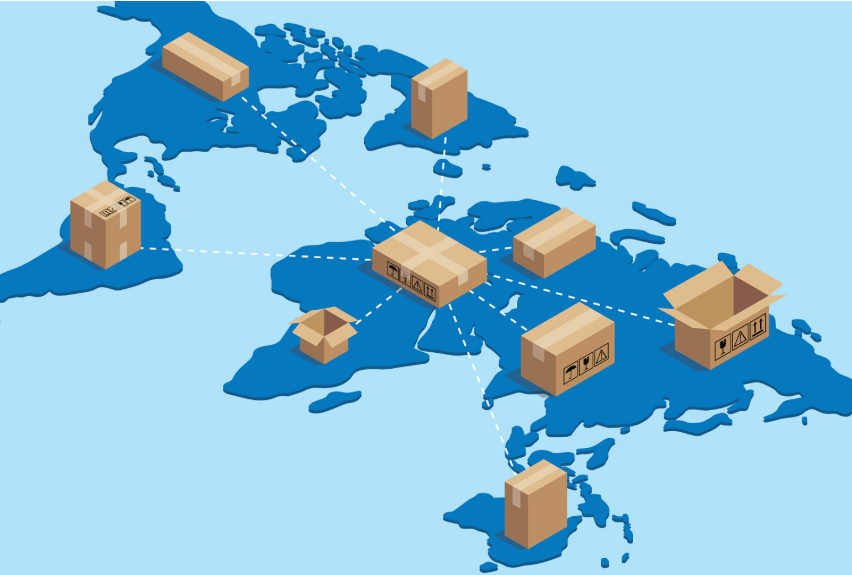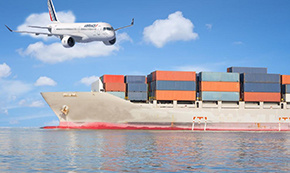All categories >
How can cross-border e-commerce sellers choose the right US direct logistics method for themselves? (Detailed explanation of international logistics methods)
Categories:
Time of issue:
2024-12-27 18:02
Cross-border e-commerce sellers can choose a suitable logistics method for the United States by considering the following aspects comprehensively:
Characteristics of Goods
Weight and Volume: If the goods are heavy and bulky, such as furniture or large machinery, sea freight is a more suitable choice due to its relatively low transportation costs. For lighter and smaller items, such as jewelry or phone cases, air freight or small package consolidation services can be selected.
Type of Goods: There are many logistics options for ordinary goods, while some special goods, such as those that are battery-operated, magnetic, liquid, or powdery, require logistics lines that can handle such items. For example, the US economic line can handle pure electric, battery-operated, liquid, and other special cargo transportation.

Transportation Timeliness
Urgency: For high-value items or samples that need to be delivered urgently, such as electronic devices or fashion accessories, international express services like DHL, FedEx, and UPS are preferred, usually completing delivery within 3-5 days. If the timeliness requirement is not particularly high, such as for non-urgent daily necessities, sea freight is more economical, with transportation times typically around 2-4 weeks.
Sales Cycle: For seasonal or short sales cycle products like fashion clothing or holiday gifts, it is necessary to choose a fast logistics method such as air freight or international express to ensure that products can be delivered in time for peak sales seasons or holidays.
Logistics Costs
Transportation Fees: The transportation costs vary significantly between different logistics methods. Sea freight has the lowest cost, generally around 4-18 yuan per kilogram; air freight prices are usually around 20-50 yuan per kilogram; international express fees are the highest, with initial weight costs around 170 yuan and additional weight about 30 yuan per 0.5kg.
Additional Fees: In addition to transportation fees, customs clearance fees, storage fees, insurance fees, and other additional costs should also be considered. Some logistics methods may offer one-stop services that include these fees in the total price, while others may require extra payment.
Service Quality
Customs Clearance Capability: Logistics methods with strong customs clearance capabilities can reduce the time goods spend at customs and lower risks. For example, EMS has relatively strong customs clearance capabilities and is suitable for sending sensitive items like food, medicine, and cosmetics.
Delivery Range and Last-Mile Delivery: Ensure that the logistics method can cover your target market area and that last-mile delivery services are reliable. Some dedicated logistics services cooperate with local express giants like USPS and UPS to provide broader delivery services.
Logistics Tracking and Information Feedback: Choose a logistics method that provides real-time tracking and timely information feedback so that sellers can understand the transportation status of their goods at any time and address potential issues promptly.
Operational Needs
Order Volume and Shipping Frequency: If there is a large order volume and high shipping frequency, consider signing a long-term cooperation agreement with logistics suppliers to secure better prices and services. For small batch and frequent shipping needs, small package consolidation services may be more suitable.
Inventory Management: If sellers use an overseas warehouse model, they need to choose a logistics method that works well with the overseas warehouse to ensure timely storage and replenishment of goods. Additionally, consider the flexibility of the logistics method to adjust shipping plans based on inventory conditions.










